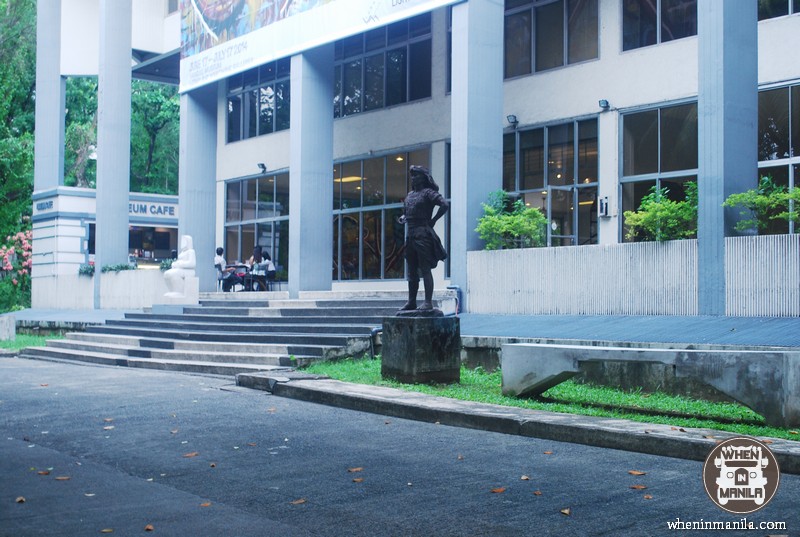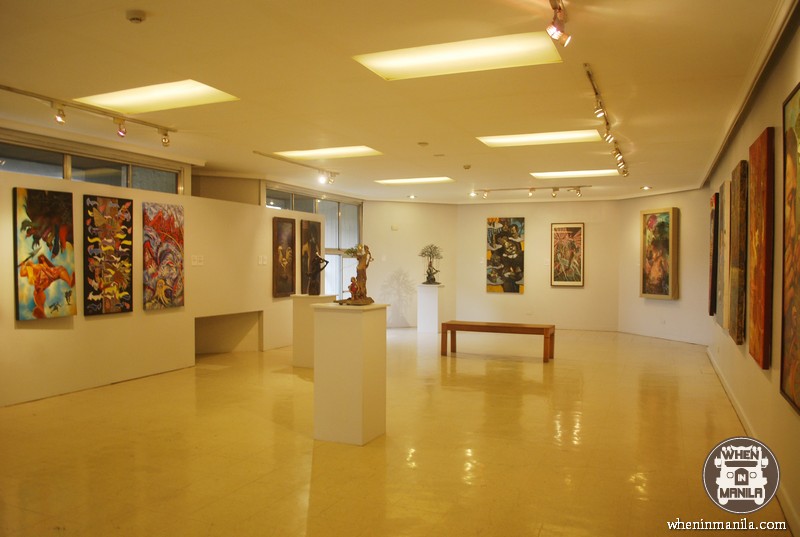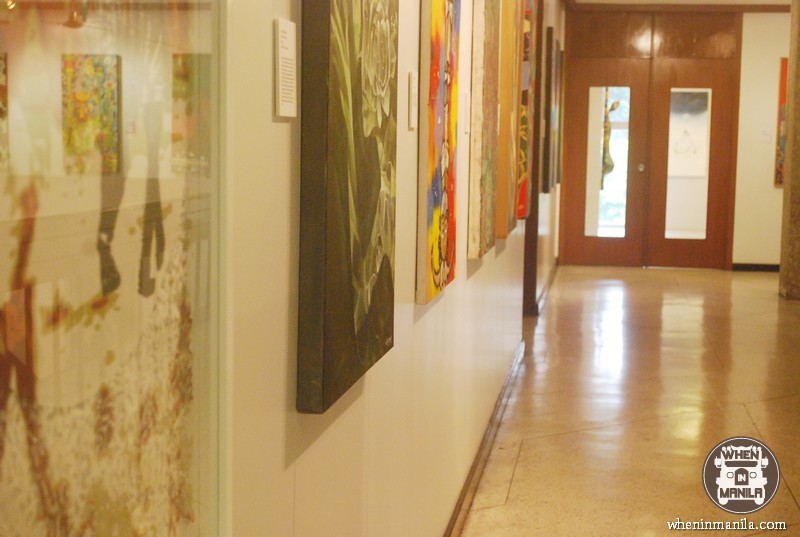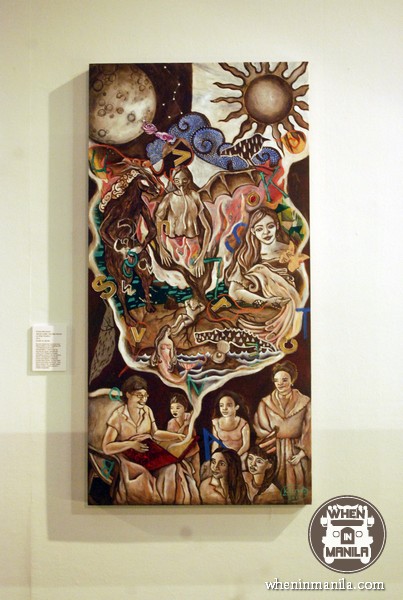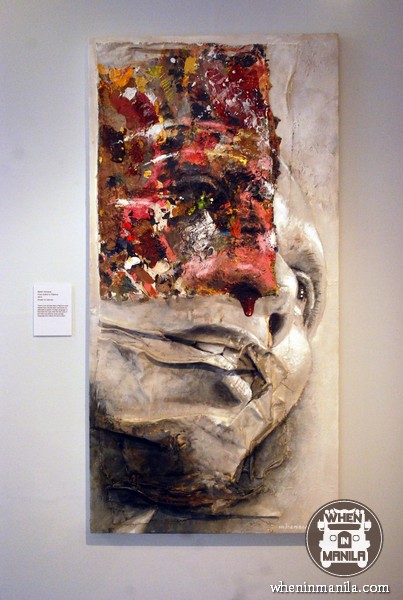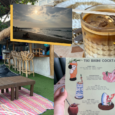Filipino Artists Portray Myths and Legends at the Vargas Museum, UP Diliman
The Vargas Museum, named after the first Executive Secretary Jorge B. Vargas (1890 – 1980), is located in UP Diliman. From University Road, it’s only a right and a left turn away from Guillermo Tolentino’s famous Oblation. It’s a simple three-story building with white walls and a dark staircase.
Personally, I don’t understand what is stopping most people from visiting museums other than the fact that most of them are quite far from most people’s houses. The entrance fees certainly shouldn’t be an issue. The Vargas Museum charges Php 30.00 for non-UP students and Php 20.00 for UP Diliman students, for example. So, to my fellow Katipuneros and Katipuneras, priceless art is right at your backdoor. Don’t take it for granted. It’s a measly 10-minute drive from Katipunan either by car or by jeep.
Filipino Myths and Legends at the Vargas Museum, UP Diliman
The Center for Art, New Ventures and Sustainable Development (CANVAS), promotes the culture of the Philippines through various exhibitions and projects. They feature both prestigious and up-and-coming Filipino artists. Their Looking for Juan program aims to provoke discussions and debates on social issues relating to national identity, expression, technology, culture, and sustainable development. A thorough explanation of all of CANVAS’ projects may be found on their website.
Their latest exhibition was entitled Filipino Myths and Legends: Looking for Juan Outdoor Banner Project 2014. Over 60 Filipino artists were gathered to commemorate Looking for Juan’s 6th year. The works featured various Filipino mythological creatures, as well as modern Filipino icons. The originals were located at the third floor of the Vargas Museum while banners were hung all over the UP Diliman Academic Oval. According to their website, the banners will be turned into tote bags and sold and the proceedings will fund the rest of CANVAS’ projects.
Upon reaching the third floor, one was greeted with a short introduction and explanation of the exhibit. A quote from director and activist Shekhar Kapur concludes it saying “We are the stories we tell ourselves… A story is the relationship that you develop between who you are, or who you potentially are, and the infinite world; and that’s our mythology.”
Beside the description were paintings that related back to telling stories or centered on the topic of storytelling such as in Kuleng Manzanero’s Alamat at Mito: Ang Mga Kwento ng Ating Panahon. It showed the culture of storytelling in the Philippines with Lola Basyang at its heart.
At the top of a flight of stairs, there stood a proud sculpture of Leeroy New titled Guardian made of fiberglass, epoxy, plastic toy parts, acrylic, and a stainless steel stand. While it looked like something that emerged from a candy factory, it evoked a strange feeling of fear in me at the same time.
The majority of artworks displayed were acrylic paintings, the most striking of which was Martin Honasan’s From Indios to Filipinos. He explained that it relates back to the old Filipino joke that when a Filipino tries to speak a foreign language, often English, he gets a nosebleed. “If that were the case,” he says on his artist’s statement, “then the flat nose of the Indio has bled for every foreign language and culture he had to learn.”
Mythology has always been a fascination of mine, and the Myths and Legends exhibit definitely taught me a thing or two about Philippine mythology. Not only did it show the form of a tikbalang or the horrific face of a manananggal; it also incorporated the issues that the country is facing today. Take this terracotta sculpture by Susanito Sanarte titled Ibong Adarna that depicts the process of the bird’s turning people into stone, for instance:
From the distance shown in the image, it looks any other reimagining of the Ibong Adarna scene, but a closer look at the almost unnoticeable bird perched on a branch will leave you asking questions.
Clearly enough, the bird’s wings are made of one thousand peso bills. The artist’s statement explains why. Sanarte says that “like the Ibong Adarna, money can be a cure to environmental problems. But when the love of money and the desire for profit and affluence rule over self-sacrifice, the enchanted bird’s droppings turn the hearts of our leaders into stone—not caring where we are headed to.”

